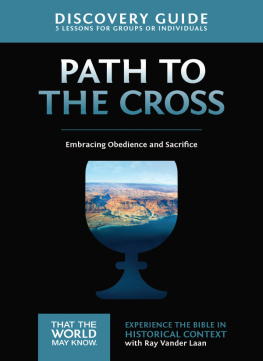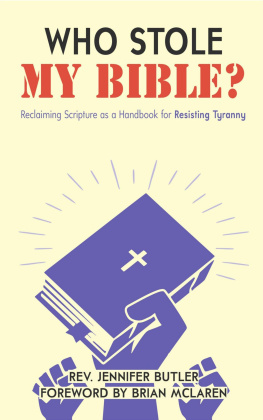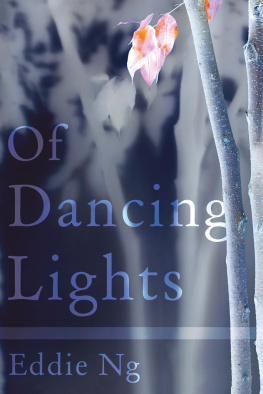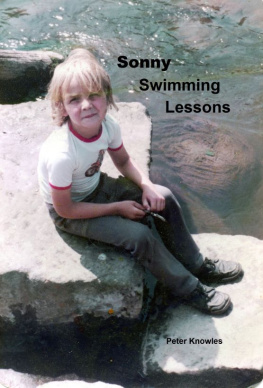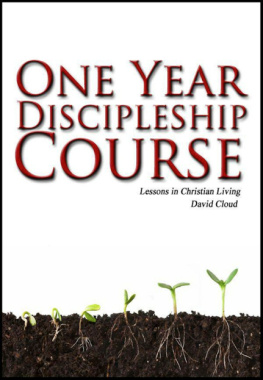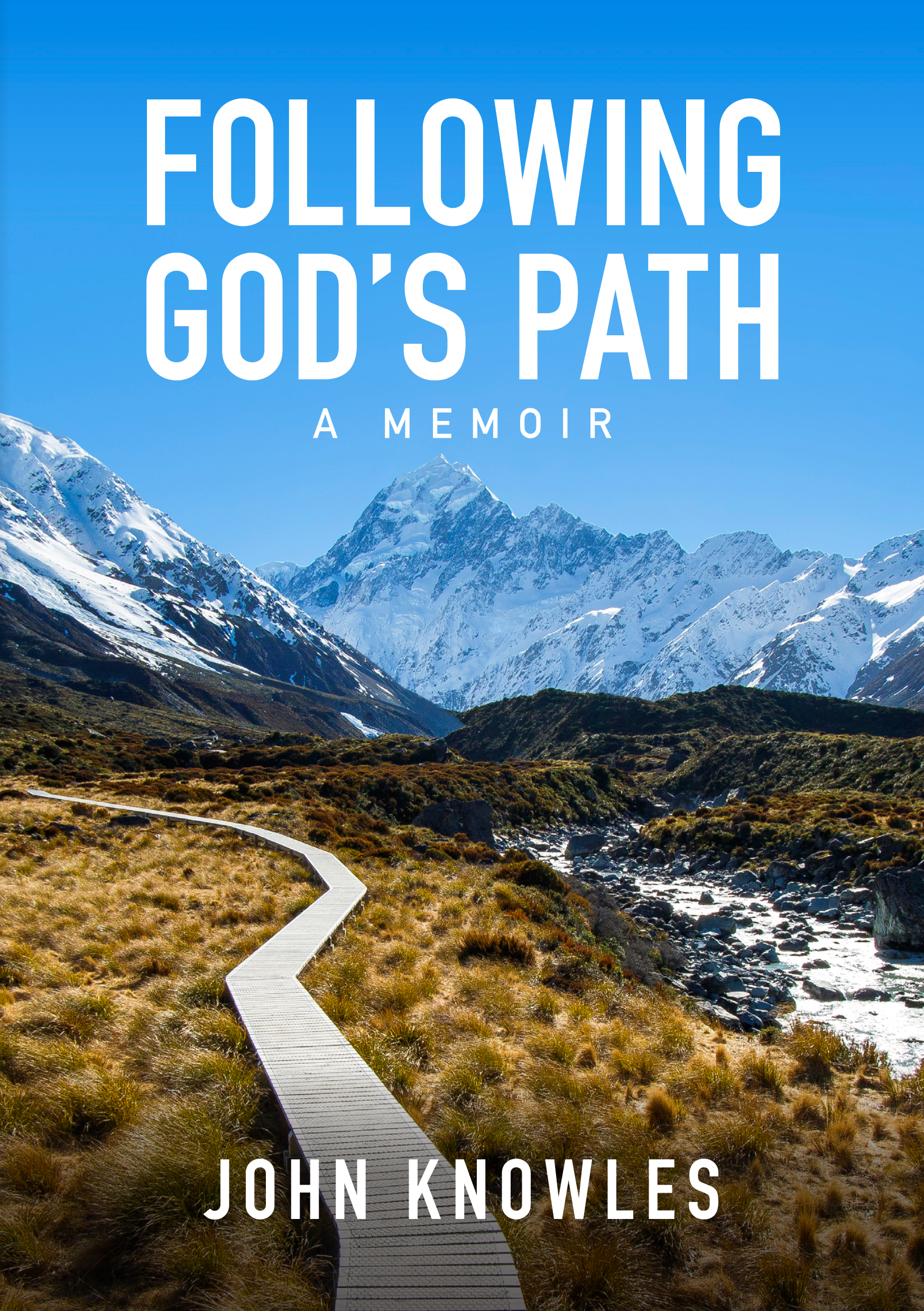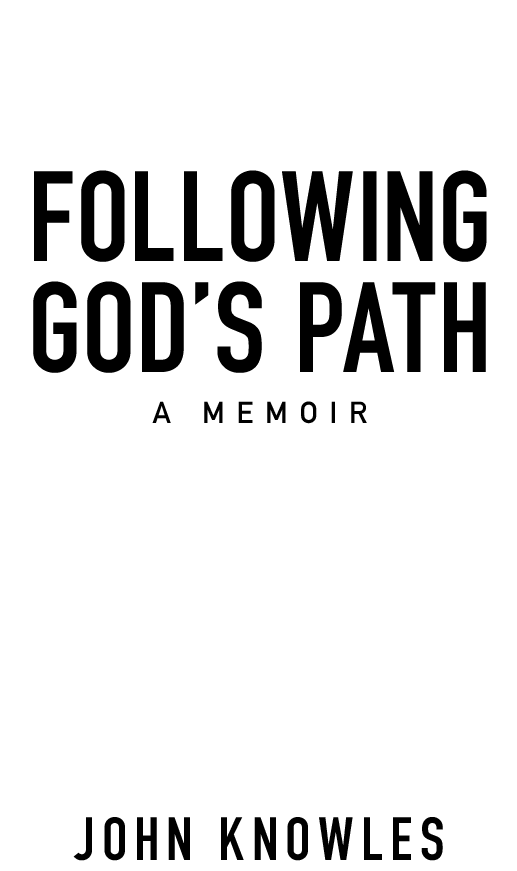Following Gods Path
Published by John Knowles
with Castle Publishing Ltd
New Zealand
2021 John Knowles
ISBN 978-0-473-58604-1 (Softcover)
ISBN 978-0-473-58605-8 (ePUB)
ISBN 978-0-473-58606-5 (Kindle)
Production & Typesetting:
Lizelle van Antwerpen & Andrew Killick
Castle Publishing Services
www.castlepublishing.co.nz
Cover design:
Paul Smith
Unless otherwise indicated, all Scripture quotations are taken from the Holy Bible, New Living Translation, copyright 1996, 2004, 2015 by Tyndale House Foundation. Used by permission of Tyndale House Publishers, Inc., Carol Stream, Illinois 60188. All rights reserved.
ALL RIGHTS RESERVED
No part of this publication may be reproduced, stored in a retrieval system, or transmitted in any form or by any means, electronic, mechanical, photocopying, recording or otherwise, without prior written permission from the author.
Contents
Preface
It has taken twenty-five years to complete the story told in Following Gods Path . But it will continue on in eternity because, through Jesus, God has opened the way for us to have the certainty of a place with Him in heaven. The main purpose for writing was to bring together the stories of Lesleys life, my life and our life together. Primarily, this was done for our children and grandchildren, but with the hope that the book would also be enjoyed by our wider family and friends.
Some of the names of families and individuals have been changed to protect their identities.
I would like to give special thanks to Bernadette How for mentoring and encouraging me to go on with the writing process when I was ready to give up. To Rosemary Nisbet my daughter who very thoroughly read through the text and made necessary changes. And to Andrew Killick and his team at Castle, who have guided the publishing of the book and enhanced its quality. But, above all, God has been our supreme guide through this journey. Let us always give thanks to Him for everything.
Chapter 1
It was 1948. After a difficult six months at Drouin West in Victoria, Australia, our parents were moving to their second share-farming job at Willung, about seventy miles further east of Drouin West. They were offered this farm by a cousin of a friend at church.
The big black Packard rattled to a boiling halt. A cloud of steam issued from the front of the bus as Father lifted the side bonnet.
Shes boiling again. Get the water out Pete, he said.
While Pete got the can of water, Father wrapped an old towel around the hot radiator cap. He then slowly unscrewed it. With great care, he poured the water into the thirsty, tired engine. Already she had endured a long twenty-year life as a small bus. Father bought her to transport local kids and us six boys to Sunday school.
We had packed and left our previous home to travel to this new life. Normally we would have all fitted quite comfortably, but this was the day of the big shift and what didnt go on the removal truck went in the Packard. This included the dogs, Monty and Hardy, and a young cat called Fairy.
Once the Packard cooled sufficiently we rattled off again, somewhat excited now as Mother told us it wasnt far to go. As we wound our way through the bush, little did we realise that in the next few years this same bush would become familiar territory to us. The engine noise quickened as we crested a long three-mile hill. Father applied the brakes as we turned off the main gravel road onto a sandy track only wide enough for one vehicle. For half a mile, our Packard wound its way through the trees as bracken rubbed along both sides trying to scratch the thick American paint from its body. As we came over a slight rise, a house was revealed sitting all naked and bare on the edge of the bush. It had a rusty roof and unpainted weatherboards. The toilet, a box-like shed with a flapping door, was fifty yards from the house. There was no fence or garden and the house looked all stark and lonely. This was to be our home.
Mother liked attractive things like houses with gardens and shrubs. This place didnt even try to look good. The nearest neighbour was a mile away. Shops were at Rosedale seven miles back along the winding, potholed road we came over. Three miles in the other direction, on an equally dusty road, was a small rural school.
We came to Willung as six school-age boys. Pete was the eldest and not long ago turned thirteen. He was boss of the tribe and at this stage of his life seemed quite aloof or reserved to me. David was eleven and nicknamed Dook because of our childrens book about an Indian boy called The Doings of Dookie . We all liked David. His was a rugged handsome face with a good crop of black wavy hair. Speed was his passion: whether it was running, riding his bike, or a horse, or later driving his car, he always wanted to go faster. Jim was ten and we called him Slim Jim , because of his slender build. He had dark straight hair, brown eyes and an olive complexion. Graeme was the tidy boy in our family. A wave in his hair was nearly always neatly groomed, and his clothes seemed to keep clean even through the dirtiest of jobs. Uncle Wilbur, Fathers younger brother, gave him the nickname of Squatter , but that didnt seem right to any of us boys. So, Graeme was always Graeme. I was seven when we arrived at Willung. At my birth, I was given the name John Winston. Mother told me later about my second name. Winston Churchill was at his finest hour with World War II in full swing when I was born. John Scon was the nickname I was later given. Malcolm was the baby of the bunch. From a young age Blondie was the nickname he was mostly called. He had pure blond hair until five or six years old, when his hair gradually darkened. The name still stuck.
The house was left like the farm, rundown and filthy. The kitchen cupboards were scrubbed clean before anything was put in them. All the floors were swept to remove the dust and bits of paper that littered them. That was Graemes and my job. Mother said she would have preferred them mopped, but there was no time for that as the truck was already unloading. Jim lit the fire in the stove to boil some water. Things were quite hectic that day at Willung. Us lads wanted to explore, but all hands were needed to get sorted before darkness came. Bed was a welcome relief for everyone.
The farm required some hard work to clear the bracken and tussocks so more cows could be milked. From the back of the house was a one-hundred-and-eighty-degree view of the valley. A creek wound its way through the property to form the boundary for two sheep farms on the southern side. Merrimans Creek started twenty miles to the west and then gradually moved to a southerly direction for the next half of its journey. The creek ran in a valley where only the best land was cleared. The remainder was bush as far as the eye could see. To the north from the front of the house was a bush-covered hill. To a boy of seven, this bush would be pure adventure, but there were also some things to fear snakes especially.
The farm covered an area of sixty acres of flat grassland with about twenty acres in tussock. The hill area of thirty acres had the longest boundary. This area was all covered in three feet high bracken ferns and clusters of gum trees. Many of the gums were dead and they littered the ground with their fallen wood. The main road ran along the short western boundary from our mailbox downhill to a bridge over the creek.


